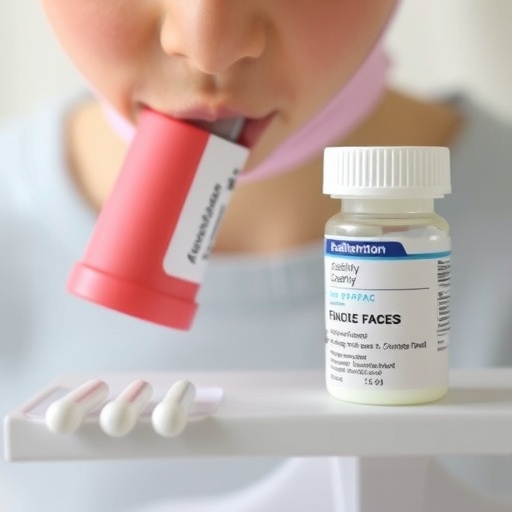Scientists have created miniature magnetic swimming devices – which mimic the appearance of sperm cells – that could revolutionise disease treatment by swimming drugs to specific areas of the body.
The devices, which measure as small as one millimetre long, consist of a magnetic head and flexible tail that allows them to 'swim' to a specific location when activated by a magnetic field.
Researchers at the University of Exeter, who designed the devices and magnetic control mechanism, have also created a mathematical model that allows them to predict their behaviour in different environment, such as microfluidic channels or complex liquids.
The researchers believe that the devices could be used to deliver drugs to specific areas of the body, and so dramatically improving treatment time and success.
They also believe that the devices could revolutionise the wider field of microfluidics, which focuses on moving liquids through extremely narrow channels.
Their research is currently focused on implementing microscopic prototypes and the researchers have already successfully demonstrated swimmers comparable to the size of red blood cells.
The research is published in the Physics of Fluids journal.
Professor Feodor Ogrin, principal investigator at the University of Exeter said: "Developing this technology could radically change the way we do medicine. The swimmers could one day be used to direct drugs to the right areas of the body by swimming through blood vessels.
"We also envisage microscopic versions of the device being used on 'lab-on-a-chip' technology, where complex procedures normally conducted in a laboratory, such as diagnosing disease, are conducted on a simple chip. This would drastically reduce the time taken before treatments can be implemented, potentially saving lives."
Similar devices have previously been made using more complex and expensive techniques. This is the first swimmer that could be made on an industrial scale, thus paving a way for making cheap and disposable microfluidic chips.
Professor Ogrin added: "In future, diagnosing many diseases before getting treatment could be as simple as putting a drop of blood on a chip in a doctor's office. This is especially useful for diseases like sepsis, where symptoms progress from mild to life-threatening before such tests can be conducted".
By modifying the length of the tail and the strength of the magnetic field applied the researchers were able to find the optimum length for speed, and controllability – allowing them to cause the device to move in the direction of, or perpendicular to the magnetic field.
Microfluidics very often relies on using high-pressure pumps to move liquids, as they become extremely viscous in such small channels. The researchers demonstrate that the swimming device can be easily modified to act as a pump, stirrer or a valve in such technology. This could revolutionise the field, providing a simple and efficient way of manipulating liquids at a microscale.
###
The research was funded by the European Union's Horizon 2020 research and innovation programme (grant no. 665440, project ABIOMATER). The full list of authors is as follows: Joshua K. Hamilton, Andrew D. Gilbert, Peter. G. Petrov and Feodor Y. Ogrin, all at the University of Exeter.
Media Contact
Duncan Sandes
[email protected]
44-013-927-22391
@uniofexeter
http://www.exeter.ac.uk
http://dx.doi.org/10.1063/1.5046360




